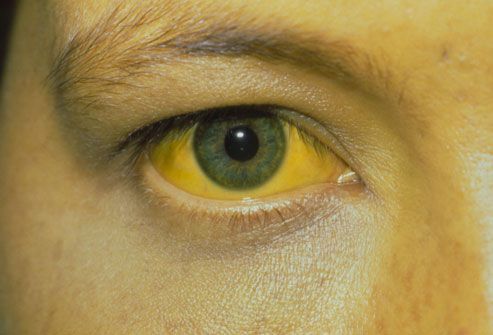The 3.5Å cryoEM Structure of Hepatitis Virus Core Protein. How is Hepatitis Contracted? The virus is spread worldwide: The World Health Or...
How is Hepatitis Contracted?
The virus is spread worldwide: The World Health Organization (WHO) estimates there are about 1.4 million new hepatitis infections every year. The most affected populations are in developing countries like Namibia, which have insufficient hygiene, such as a lack of sanitation and water purification. Travelers are also at risk of contracting a form of "travel-hepatitis." But the good news is there is a vaccination against Hepatitis A. There are five types of hepatitis from A through E all of which cause inflammation of the liver. Type D affects only those who also have hepatitis B, and hepatitis E is every rare.Hepatitis in Namibia the first identified case was reported on 13 October 2017, and the patient was admitted to a public hospital in Windhoek, with signs and symptoms of hepatitis E. According to WHO stated that on 8 January 2018, a total of 237 probable and confirmed cases have been seen at various health facilities in the country with the same signs and symptoms. All suspected patients tested negative for hepatitis A, B, and C. Total of 41 specimens were sent for further testing, and about half of the samples were IgM positive for hepatitis E. Namibia has limited capacity for hepatitis E laboratory diagnosis. Additionally, the majority of hepatitis E cases have been reported from informal settlements like Havana outskirt of the capital city, Windhoek, where living conditions are poor. These areas are overcrowded, and have limited access to safe drinking water, sanitation, and hygiene.
Namibia's President Hage Geingob toured Havana informal settlements in Windhoek today Friday 02 February 2018 where hepatitis E disease has been thriving since Nov. 2017. Geingob's visit came after Katutura Intermediate Hospital epidemiologist Lilliane Kahuika said that hepatitis E had claimed a third victim - another pregnant woman, who died on Jan. 25, 2018.
WHO Advice To Namibia
WHO recommends the improvement of access to safe water and proper sanitation through different methods, including at-home water purification techniques. The water quality should be regularly monitored in the affected areas. The number of latrines in different settlements should be increased to address the issue of open defecation. In addition, the waste management and the overall hygiene practices should be improved. Furthermore, the ongoing interventions should target at-risk population through the establishment of antenatal counseling for pregnant women, improving housing conditions for those living in these informal settlements and supporting the improvement of health facilities and patients care. The local and national reference laboratory capacities should be improved for timely confirmation of suspected cases. WHO does not recommend any restriction on travel and trade to Namibia on the basis of the information available on the current event. The implementation of general hygiene practices and other preventive measures listed above should be sufficient to prevent the disease.Symptoms of Hepatitis
Symptoms of Hepatitis When symptoms are present, they are much the same for all five types of hepatitis: mild flu-like symptoms, light stools, dark urine, jaundice (yellowing of the skin and the whites of the eyes), fatigue, and fever. Hepatitis A symptoms may also include nausea, vomiting, and abdominal pain.
Type A hepatitis is contracted through anal-oral contact, by coming in contact with the feces of someone with hepatitis A, or by eating or drinking hepatitis A contaminated food or water. Type B hepatitis can be contracted from infected blood, seminal fluid, vaginal secretions, or contaminated drug needles, including tattoo or body-piercing equipment. It can also be spread from a mother to her newborn. Type C hepatitis is not easily spread through sex. You’re more likely to get it through contact with infected blood, contaminated razors, needles, tattoo and body-piercing equipment, or manicure or pedicure tools that haven’t been properly sanitized, and a mother can pass it to her baby during delivery.
Prevention
Type D hepatitis can be passed through contact with infected blood, contaminated needles, or by sexual contact with an HIV-infected person. Type E hepatitis is most likely to be transmitted in feces, through oral contact, or in water that’s been contaminated. Incubation Period: Two weeks to five months, although Type C can remain dormant for 10 years before symptoms crop up.Diagnosis
Testing All types of these diseases are diagnosed with a blood test. Treatment for Types A is available in the case of E hepatitis which don't have a vaccination ready although it discovered in China. In order to resolve this problem, just take precaution and necessary hygienic measures. If you’re traveling to a country where there is hepatitis outbreak or to the area where there is a prevalence of hepatitis consult your medical doctor or help expert before you take a trip. There’s no vaccine for hepatitis E yet. For Type B, anti viral medications may help some patients. But like type A, a vaccine that’s given in three doses can prevent the disease in the first place.If you are not treated Because types A and E usually go away over time, neither is likely to lead to chronic disease. Types B and C, however, can lead to cirrhosis (scarring of the liver) and liver cancer if not treated; type D can also result in liver cancer.








